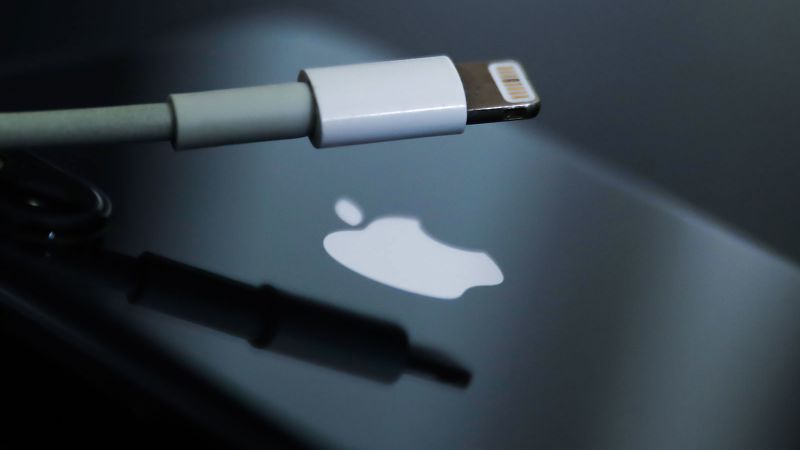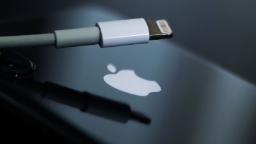

CNN
—
Apple is set to unveil the iPhone 15 in just a few days, and it’s widely expected to come with a significant change.
The iPhone 15 is heavily rumored to ditch Apple’s proprietary Lightning charger in favor of USB-C charging, marking a milestone for the company by adopting universal charging. The change could ultimately streamline the charging process across various devices — and brands.
The switch would come less than a year after the European Union voted to approve legislation to require smartphones, tablets, digital cameras, portable speakers and other small devices to support USB-C charging by 2024. The first-of-its-kind law aims to pare down the number of chargers and cables consumers must contend with when they purchase a new device, and to allow users to mix and match devices and chargers even if they were produced by different manufacturers.
“This is arguably the biggest disruption to iPhone design for several years, but in reality, it is hardly a dramatic move,” said Ben Wood, an analyst at CCS Insight.
That’s because Apple
(AAPL) has previously switched its iPads and MacBooks to USB-C charging. Still, the company has been resistant to making the change on the iPhone.
Last year, Apple’s senior vice president of worldwide marketing, Greg Joswiak, publicly stressed the value and ubiquity of the Lightning charger, which is designed for faster device charging, but noted “obviously we will have to comply” with the EU mandate.
“We have no choice, like we do around the world, to comply with local laws, but we think the approach would have been better environmentally and better for our customers to not have a government [have] that perspective,” Joswiak said at the time.
The EU’s decision is part of a greater effort to tackle e-waste overall, but could it generate more in the short term as people phase out their Lightning cables. (Apple will also likely need to develop a Lightning cable recycling program.)
Although Apple has voiced environmental concerns over what happens to old Lightning chargers, it has financial reasons for pushing back on the change, too.
Apple introduced the Lightning charger alongside the iPhone 5 in 2012, replacing its existing older 30-pin dock connector with one that enabled faster charging and had a reversible design. It also ignited a related accessories business, requiring users to buy a $30 Lightning adapter to connect the device to older docks, alarm clocks and speaker systems.
“For Apple, it was all about being in control of its own ecosystem,” said David McQueen, a director at ABI Research. “Apple makes good money from selling Lightning cables and its many related accessories.”
It also takes a financial cut from the third-party accessories and cables that go through its Made For iPhone program. “Moving to USB Type C would take away this level of control as USB-C is a much more open ecosystem,” McQueen said.
In addition, Apple could create its own branded USB-C cable to perform “better with an iPhone,” such as allowing for greater wattage to support faster charging while minimizing risk and damage to batteries, he added.
It’s currently unclear if the shift to USB-C will happen for all new iPhone 15 models or only for Pro devices. The move to USB-C won’t likely be a sole incentive for people to upgrade, but it could sway some consumers who have been resistant to the iPhone over its charging limitations, according to Thomas Husson, a vice president at Forrester Research.
The iPhone 15 devices are expected to ship with a new cable in the box, but considering many mobile devices already use USB-C, including Apple’s own iPads and MacBooks, access to charging wires shouldn’t be too hard or costly.
“Given how widely USB-C has been used in other devices, it’s hard to imagine that customers will be totally caught out by this switch, and in the long term, it’s likely to benefit them, with a universal charging system having some very obvious upsides,” Wood said.
Apple could also bypass wired charging altogether to make way for wireless charging but not anytime soon because “wireless charging is currently so much slower than wired,” according to McQueen. “We’ll have to wait and see on that.”
